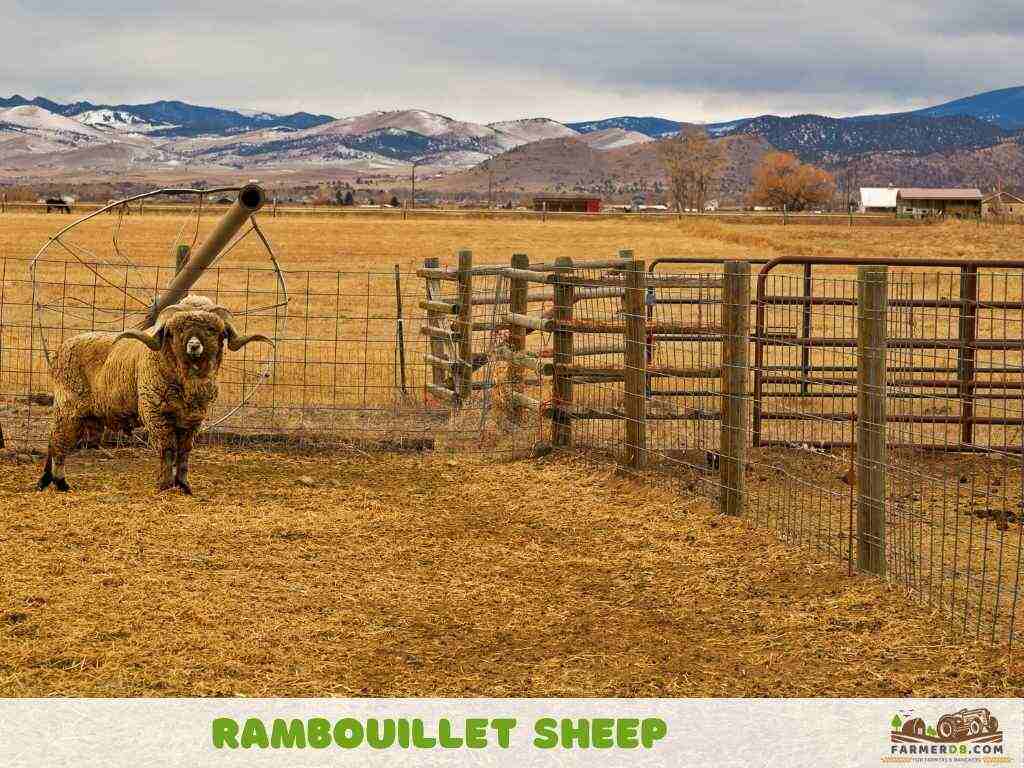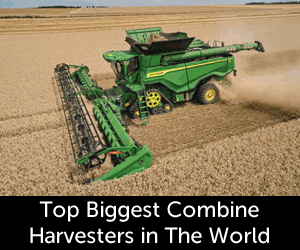The Rambouillet is a French dual-purpose sheep breed, also known as the French Merino, as it belongs to the Merino sheep group.
Although the breed was officially developed in 1786 in France, its origins trace back to the old Spanish Merino. Its development began when King Louis XVI purchased more than 300 Spanish Merino sheep from King Charles III of Spain.
The Rambouillet’s genetics come from a mix of Spanish Merino and native French sheep, bred at a farm in Rambouillet, near Paris.

At first, the breed was not widely recognized, but over time, more farmers in France and Germany took an interest in it.
By the late 18th century, other Merino sheep were introduced into Germany, where breeders began using Rambouillet rams to improve their flocks. As the breed became more famous across Europe, it influenced many other sheep breeds.
Because of this, many American Rambouillets can trace their ancestry back to the German von Homeyer flocks or the original Rambouillet flocks in France.
Today, about 50% of sheep in the western United States have Rambouillet blood. This breed has also helped improve the Australian Merino industry, especially through the Emperor and Peppin Merino sheep.
Contents
Physical Characteristics
Fleece, Color, Skin
The fleece is dense, uniform, and with a long staple of fine wool. It has a bright appearance in a cream to white color and is free from undesirable fibers. The skin is bright, healthy, and pink.
Head, Eyes, Ears
This sheep has a well-proportioned head with a wool-free face around and under the eyes for better vision.
It has large, clear, and alert eyes with light-colored eyelashes. The nostrils are wide, and the thick lips are pink.
The ears are medium-sized and free from excessive pigmentation. Rams have a strong, masculine head, medium in length, with a broad forehead and a bold appearance.
Ewes have a more delicate and refined head, showing distinct femininity.
Horns
Rambouillet sheep can be either horned or polled.
Rams are horned, with well-developed, wide-spiraled horns that curve away from the face to prevent crowding around the neck and jaw. Ewes are polled, though some may have small scurs.
Neck, Shoulders
This sheep has a medium-length neck and well-rounded, moderately sized shoulders. The shoulders are not open, sharp, or too prominent. The skin is free from folds, giving it a clean and balanced appearance.
Chest, Back, Ribs, Rump
This sheep has a broad, deep, and full chest. Its back is strong, straight, and wide, extending into a long, well-muscled loin with a thick, natural flesh covering. The ribs are well-sprung, wide, and deep, providing ample space for vital organs. The rump is long, level, and wide, maintaining width out to the dock.
Body
The body is well-balanced, deep, and wide, with a straight top and underline, showing good conformation. It has a stylish, alert, and active appearance with distinct Rambouillet traits. Rams have a strong, masculine build, while ewes are refined and feminine.
Legs
The feet and legs are straight, strong, and well-structured, providing good support. They are of medium length, set squarely at the corners, and free from colored hair. The pasterns are strong and upright, while the hooves are amber-colored and free from excess pigmentation.
Lifespan
Rambouillet sheep are hardy and long-lived, with a lifespan of up to 12 years when properly cared for.
Growth Rate
How fast do they grow?
These sheep are not among the fastest-growing breeds, but they have a moderate growth rate, reaching 0.5 to 0.7 lbs (0.2 to 0.3 kg) per day under a nutritious diet rich in vitamins and minerals.
Size and Weight
Rambouillet sheep have a large body size, with mature rams weighing between 250–300 lbs (113–136 kg) and mature ewes reaching 200–275 lbs (91–125 kg).
Slaughtered Time
Choosing the best time to slaughter a sheep depends on what kind of meat you prefer.
If you want tender lamb meat, you can process it as early as 4 months. If you prefer a bit more meat, waiting until 8 to 9 months lets the sheep reach around 130–160 lbs (59–73 kg). But if you’re after mutton, with a richer flavor and firmer texture, you’ll need to wait over 9 months before slaughtering.
Temperament
Rambouillet sheep have a calm and adaptable temperament, and because of their strong flocking instinct, they prefer to stay together in large groups.
While they are generaly docile, they can also be alert and cautious. They respond well to gentle handling but tend to be more independent and less interactive with people than some other breeds.
To make sure they grow well and are easier to manage, training them from a young age is recommended.
Wool
The wool of these sheep is valued in the textile industry for its density, long staple length, and ability to produce fine threads. Its soft and delicate fibers allow for a higher thread count, meaning more thread can be spun from the same amount of wool.
Each mature ewe produces around 8 to 18 lbs (3.6 to 8.1 kg) of fleece per year, with a fiber yield of 35-55%. The staple length ranges from 2 to 4 inches (5-10 cm), and the fiber diameter falls between 18.5 to 24.5 microns, making it suitable for high-end textiles.
Since this wool has a longer staple than Merino, it is easier to spin and produces smooth, durable yarns used in tailored fabrics, soft scarves, and lightweight clothing.
Advantages
- High-quality wool
- Long Staple Length
- Dual-purpose breed
- Strong flocking instinct
- Adaptable
- Hardy
- Long lifespan
- Good mothering ability
Disadvantages
- Moderate growth rate
- Flystrike risk
- Requires ongoing care
- Independent and alert

